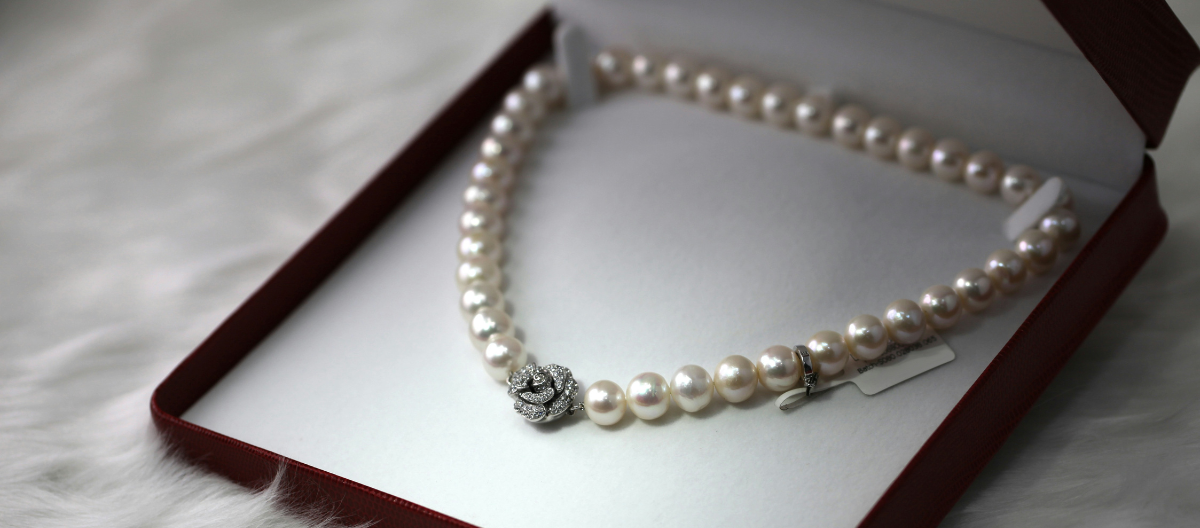Pearls have long been a symbol of elegance, sophistication, and timeless beauty. From Audrey Hepburn to modern-day fashion icons, pearls are a staple in the world of luxury jewelry. Whether you’re buying your first strand of pearls or adding to your collection, it’s important to know what to look for to ensure you’re getting a quality piece. With so many options available, buying pearls can be a bit daunting.
Understanding the Types of Pearls
Pearls come in various types, each with its own unique characteristics, origin, and price range. Understanding the differences between them is crucial to making the right choice.
Akoya Pearls: Known for their classic, perfectly round shape and high luster, Akoya pearls are traditionally white or cream-colored, often with rose or ivory overtones. They are primarily farmed in Japan and China and are a popular choice for necklaces and earrings.
Freshwater Pearls: These pearls are cultivated in freshwater lakes and rivers, mostly in China. They come in a variety of shapes and colors, from white and pastel shades to deeper hues. Freshwater pearls are generally more affordable than Akoya pearls, making them a great option for those looking for value.
Tahitian Pearls: Tahitian pearls, often referred to as “black pearls,” are known for their dark, exotic colors ranging from black to gray, with overtones of green, blue, or purple. They are cultured in French Polynesia and are typically larger than Akoya or freshwater pearls.
South Sea Pearls: The largest and most luxurious of all pearls, South Sea pearls are cultivated in the warm waters off Australia, Indonesia, and the Philippines. They are prized for their large size, satin luster, and colors ranging from white and silver to gold.
Evaluating Pearl Quality: The 5 Factors
Pearls are evaluated based on several key factors that determine their quality and value. Understanding these factors will help you make an informed decision and ensure you’re purchasing pearls that meet your expectations.
Luster: Luster refers to the shine and reflectivity of the pearl’s surface. High-quality pearls have a sharp, bright luster that reflects light beautifully. The more lustrous the pearl, the more valuable it is.
Surface: The surface quality of a pearl is another important factor. Look for pearls with smooth surfaces and minimal blemishes or spots. While some natural imperfections are common, fewer imperfections generally indicate a higher-quality pearl.
Shape: Pearls come in various shapes, including round, oval, drop, and baroque (irregular). Perfectly round pearls are the rarest and most valuable, but baroque and off-round shapes can offer unique beauty and are often more affordable.
Color: Pearls come in a range of natural colors, from white and cream to black and gold. The color you choose is largely a matter of personal preference, but it should complement your skin tone and wardrobe.
Size: Pearl size is measured in millimeters and can range from small seed pearls (less than 2mm) to large South Sea pearls (over 15mm). Larger pearls are generally more expensive, but size should be chosen based on your personal style and how the pearls will be worn.
Choosing the Right Pearl Jewelry
Buying pearls is an investment, and working with a reputable jeweler ensures you’re getting quality and value for your money. A trustworthy jeweler will provide you with detailed information about the pearls, including their origin, type, and quality.
Research: Look for jewelers with a strong reputation and positive customer reviews. Ask friends or family for recommendations if they’ve had a good experience.
Certification: Ensure the pearls come with a certification that details their type, origin, and quality factors. This certification provides peace of mind that you’re purchasing genuine pearls.
Personalized Service: A good jeweler will take the time to understand your preferences and guide you through the selection process. They should be patient, knowledgeable, and willing to answer all your questions.
Buying pearls is an investment in timeless beauty and elegance. By understanding the different types of pearls, evaluating their quality, choosing the right jewelry, and working with a reputable jeweler, you can make an informed decision that will bring you joy for years to come. Whether you’re purchasing pearls for yourself or as a gift, the right strand or piece will be a treasured addition to any jewelry collection.


